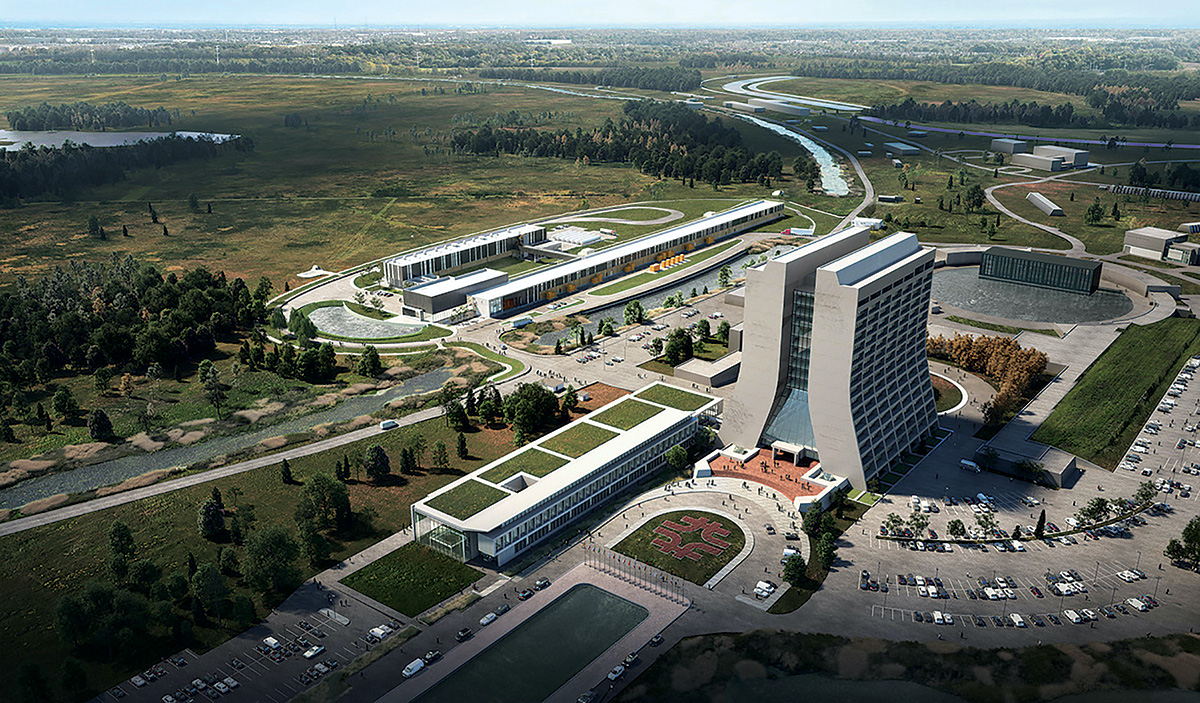PIP-II’s international engagement is the secret of success
Fermilab’s Proton Improvement Plan II (PIP-II) is relying on international collaborations to shape the future of accelerator-based particle physics in the US. Lia Merminga and Eduard Pozdeyev provide an insider take.

The Proton Improvement Plan II (PIP-II) is an essential upgrade – and ambitious reimagining – of the Fermilab accelerator complex. An all-new, leading-edge superconducting linear accelerator, combined with a comprehensive overhaul of the laboratory’s existing circular accelerators, will deliver multimegawatt proton beam power and, in turn, enable the world’s most intense beam of neutrinos for the international Long Baseline Neutrino Facility (LBNF) and Deep Underground Neutrino Experiment (DUNE). While positioning Fermilab at the forefront of accelerator-based neutrino research, PIP-II will also provide the “engine room” for a diverse – and scalable – experimental programme in US particle physics for decades to come. Put simply, PIP-II will be the highest-energy and highest-power continuous-wave (CW) proton linac ever built, capable of delivering both pulsed and continuous particle beams.
Another unique aspect of PIP-II is that it is the first US Department of Energy (DOE)-funded particle accelerator that will be built with significant international participation. With major “in-kind” contributions from institutions in India, Italy, the UK, France and Poland, the project’s international partners bring wide-ranging expertise and know-how in core accelerator technologies along with an established track-record in big-physics initiatives. What’s more, PIP-II is not going to be the last DOE project to benefit from international collaboration – there will be more to come – so a near-term priority is to provide a successful template that others can follow.
